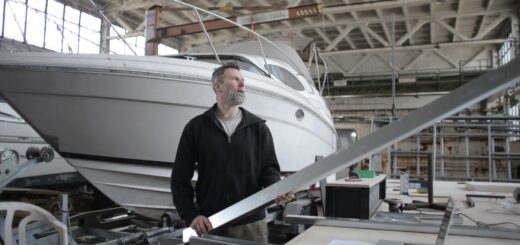Navigating Through Trauma: The Role of Ayahuasca and Psychedelic Therapy in Healing
The recent surge in psychedelic research has opened up new avenues for individuals dealing with mental health issues, particularly those associated with trauma. This article will throw light on Ayahuasca – a potent and historically significant psychedelic brew that has demonstrated a promising therapeutic potential in healing trauma.
Long recognized by indigenous cultures for its transformative and therapeutic properties, Ayahuasca has gained global interest as an effective means of trauma healing. This ancient plant medicine, originating from the Amazon jungle, is known to aid emotional processing, trauma release, and reintegration, offering a fresh lens through which traumatic experiences can be viewed and healed.
One pertinent mental health condition linked with trauma is Post-Traumatic Stress Disorder (PTSD). PTSD arises from exposure to traumatic events that leave an individual stuck in a continuous cycle of reliving distressing memories. Traditional treatments, like cognitive-behavioral therapy or medication, often fall short in treating PTSD due to its complexity. Ayahuasca, with its capacity for necessitating deep introspective experiences, has been gaining attention as a potential psychedelic-assisted therapy for PTSD.
Research suggests that Ayahuasca works by disrupting the default mode network (DMN), the brain circuit associated with self-referential thought – often overactive in individuals with PTSD. This temporary disruption allows individuals to gain access to repressed memories and emotions, fostering the necessary emotional processing needed for healing. The effect is similar to achieving accelerated years of psychotherapy under controlled conditions.
Erasing childhood trauma can be challenging. Often, survivors tuck away painful memories into the recesses of their minds, leading to a range of mental health issues later in life. Ayahuasca can pave a path toward accessing and addressing these painful memories. The experience can evoke a profound and intensive emotional release, which experts describe as cathartic discharge translating into trauma release.
Ayahuasca ceremonies, often conducted in retreat-like settings under the guidance of experienced healers, provide a therapeutic dosage calculated according to the individual’s needs. The profound psychedelic experience these ceremonies induce often necessitates a period of reintegration. During this period, individuals can deal with the revelations, emotions, and insights that cluster around their traumatic experiences, setting the stage for lasting healing.
Ayahuasca and psychedelics have been linked to somatic experiencing – a body-focused therapeutic approach dealing with trauma and stress disorders. Somatic experiencing theorizes that trauma symptoms are the result of the body’s failure to complete its natural trauma response. Delving deep into the realm of self-awareness during the psychedelic experience, individuals can connect with their bodily sensations, placing better emphasis on their instinctual responses.
However, while the healing potential of Ayahuasca is immense, it’s important to remember this isn’t a one-cure-for all solution. Like any other therapeutic approach, Ayahuasca’s effects can vary greatly from person to person and so can the risks. Also, Ayahuasca ceremonies are not regulated, which can lead to unsafe practices. It’s vital for those considering Ayahuasca as a form of therapy to do so under the guidance and supervision of experienced practitioners who respect the plant’s cultural heritage and understand its potency.
As expanding research continues to explore the intricate connections between psychedelics and trauma-focused therapy, the potential for novel treatment approaches, like Ayahuasca, could be invaluable. These natural ingredients could be the key to a more profound understanding of trauma and how to heal from it, forging new roads in the field of mental health treatment.
In summarizing, Ayahuasca offers a promising path for trauma healing, showing the potential to tackle traumatic experiences of PTSD and childhood trauma effectively. Coupled with the safe and appropriate therapeutic dosage, professional guidance and a strong focus on reintegration, individuals can hope for lasting transformation and healing.


